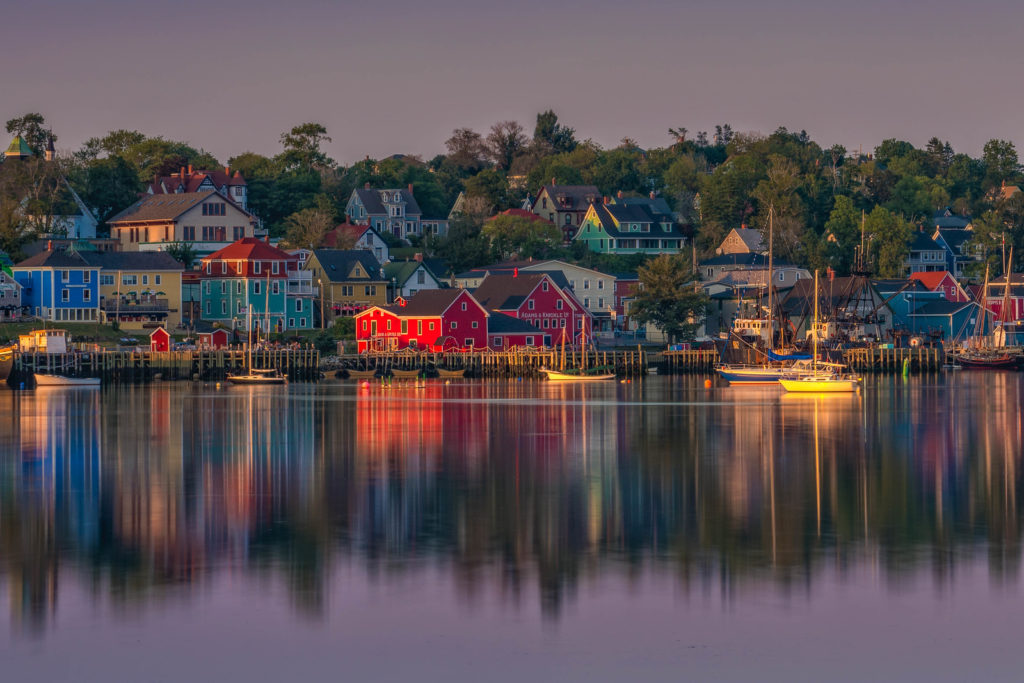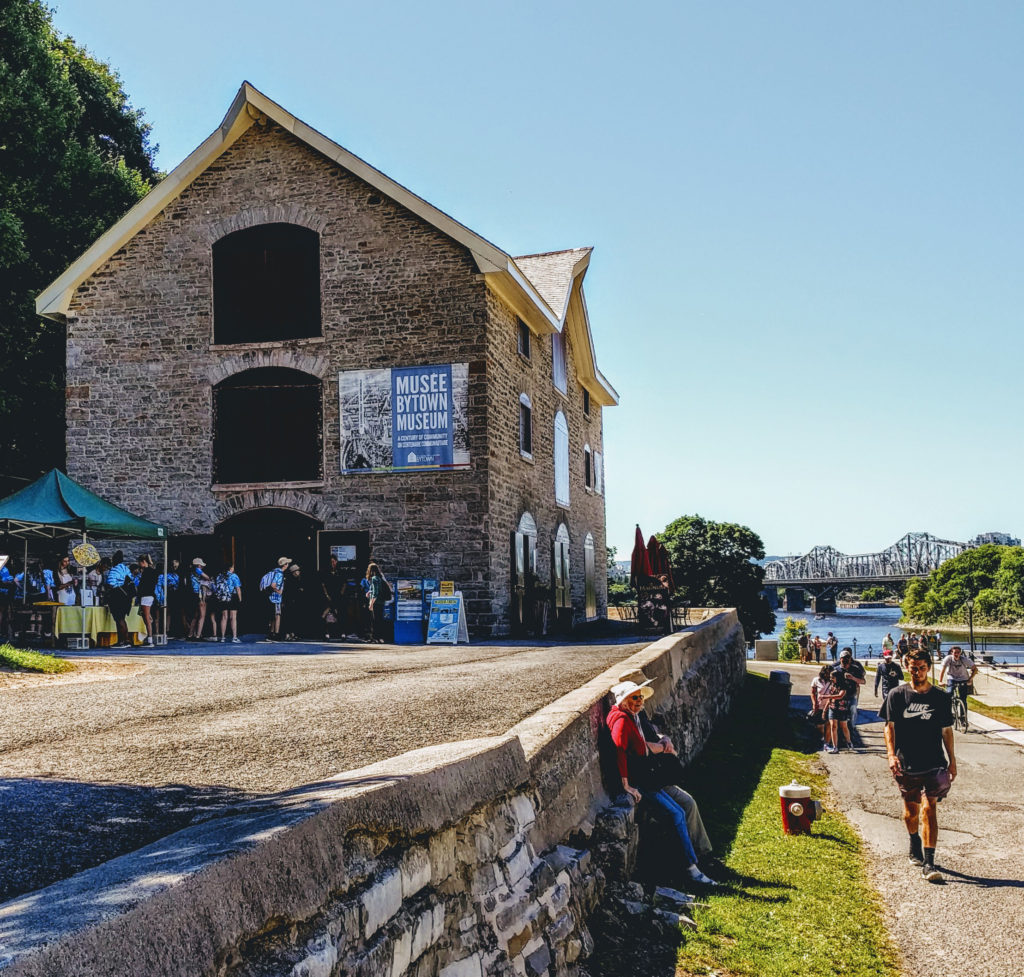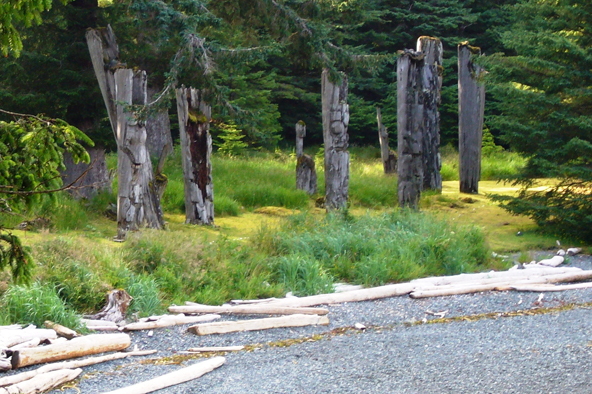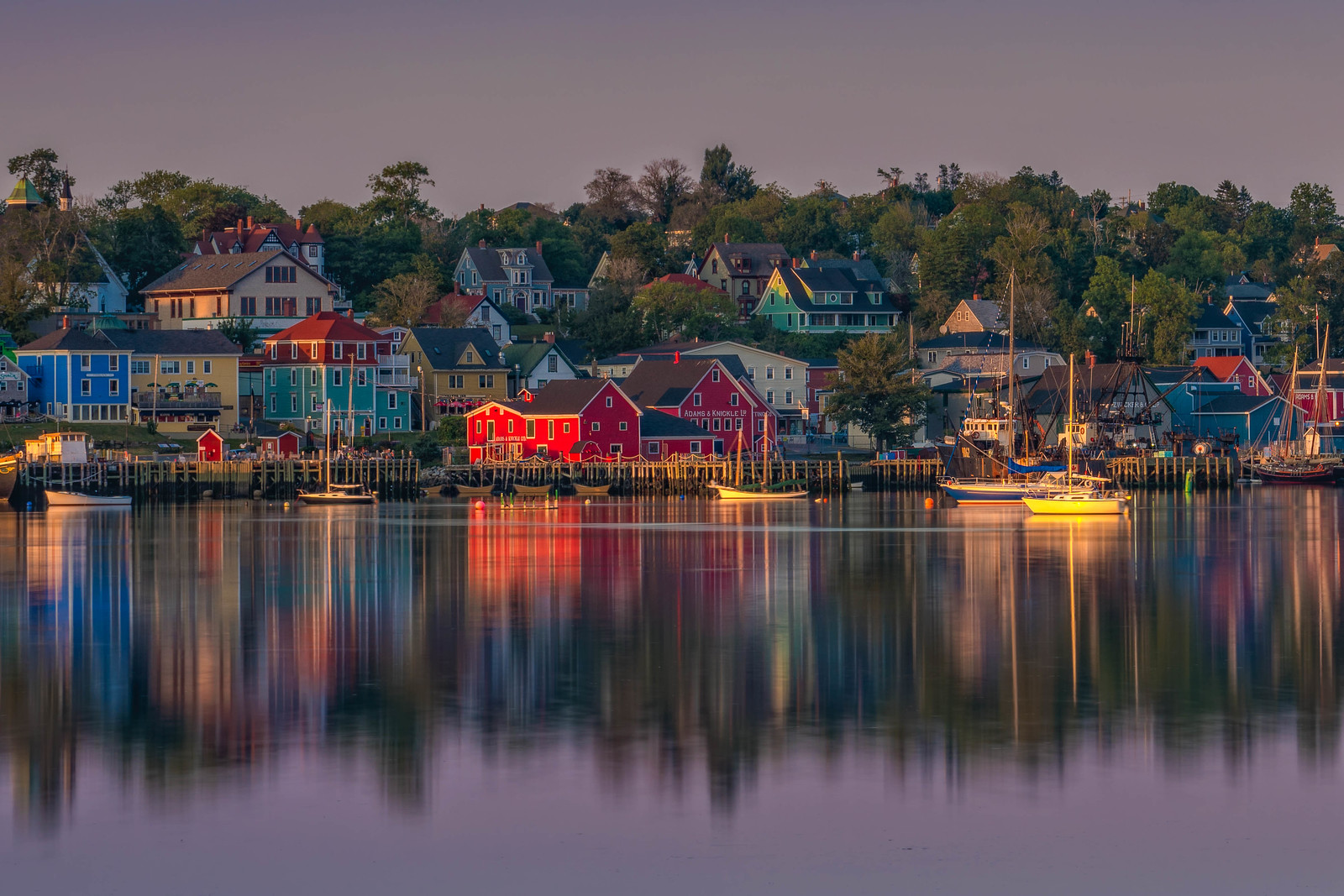
Canada Historic Places Day Meets UNESCO Sites: 2019
This year for Canada Historic Places Day, July 6th, Canadians can visit historic places located on (or near) all nine cultural UNESCO World Heritage sites. These sites, ranging from the depths of wilderness to bustling cosmopolitan centres, highlight the history of Canada’s inhabitants going back as far 6,000 years ago. Go ahead – history is waiting.
1) Head-Smashed-In Buffalo Jump / Alberta
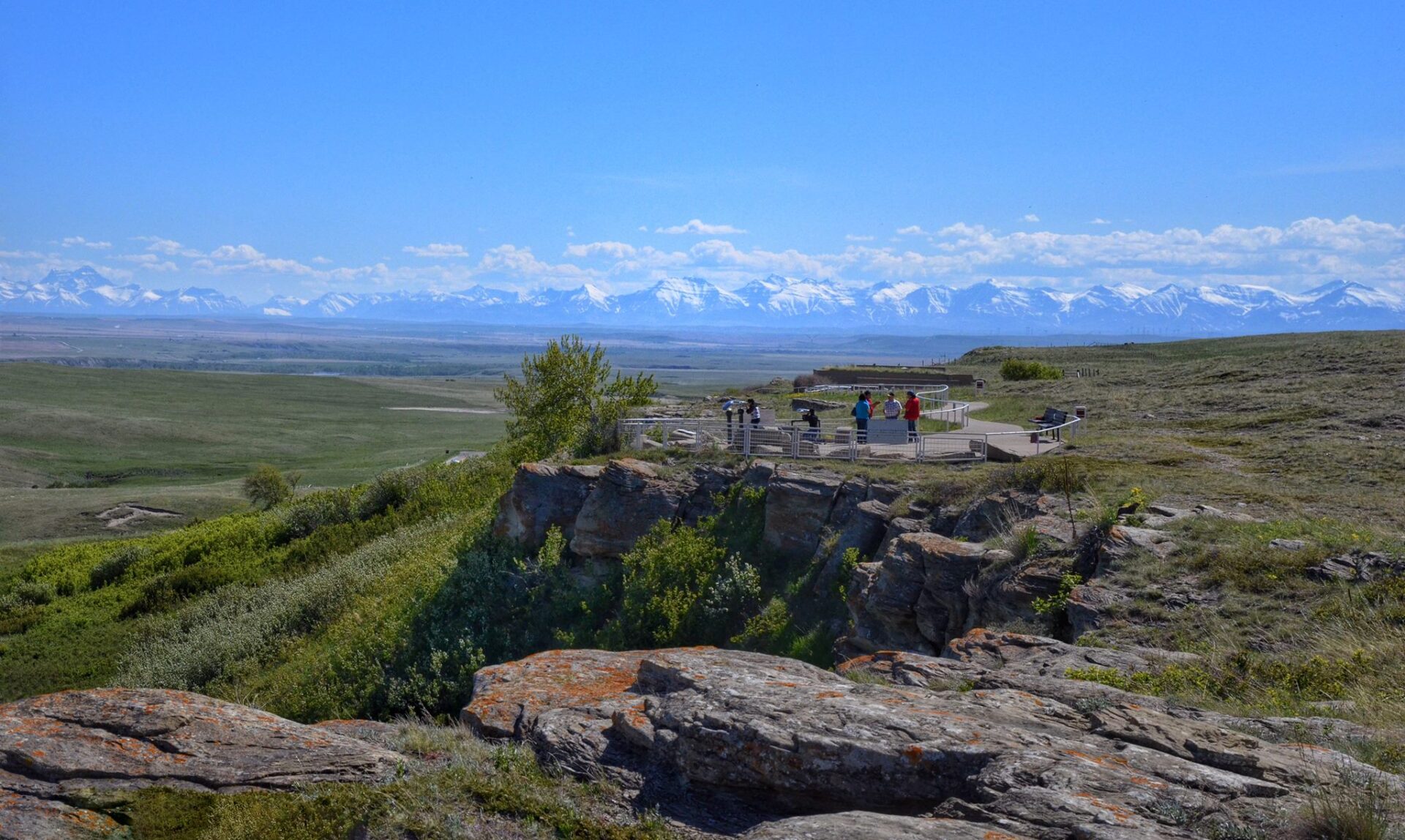
HISTORY: This 10-metre tall cliff was used for over 6,000 years by the indigenous peoples of the plains, whose “buffalo runners” would hunt by driving animals over the edge. Head-Smashed-In Buffalo Jump, designated a UNESCO World Heritage Site in 1981, is older than the Pyramids of Egypt and Stonehenge, and was in use around 5,800 years ago. According to legend, the site was given its name after a young Blackfoot was found with his skull smashed in after being buried by buffalo at the bottom of the cliff.
VISIT: Today, the site includes an interpretive centre and museum nestled into the natural stone, where visitors can explore five levels of educational exhibits featuring authentic Blackfoot artifacts and modern archeological evidence.
Nearby Places: Fort Whoop-Up & Kanouse House
2) Historic District of Old Québec / Québec
HISTORY: Québec City carries World Heritage significance as the only North American city to have preserved its defensive works including ramparts, bastions, and gates. The city was founded in the early 17th century by Samuel de Champlain, and according to UNESCO now bears testimony to the history of European settlement in the Americas. UNESCO calls it the most complete example of a fortified colonial town north of Mexico.
VISIT: There are numerous sites to learn about the Old City’s history, including the Fortifications of Québec, the Saint-Louis Forts and Châteaux and the Quebéc citadel. Visitors can stroll along the old castle walls, tour the châteaux’s archeologically-rich crypt, and learn about the site’s fascinating architectural and military past.
Nearby Places: Maison-Henry Stuart & the Morrin Cultural Centre
3) L’Anse Aux Meadows National Historic Site / Newfoundland and Labrador
HISTORY: L’Anse Aux Meadows National Historic Site is considered the first European settlement in North America, and its 11th-century archeological remains were declared a UNESCO World Heritage Site in 1978. Located at the tip of the Great Northern Peninsula of the island of Newfoundland, the site contains remains of wood-framed, peat-turf buildings similar to those found in Norse Greenland and Iceland.
VISIT: Notable among the archeological remains at L’Anse Aux Meadows National Historic Site is evidence of the earliest know iron smelting on the continent. In recognition of this significance, the site is celebrating Canada Historic Places Day with their Annual Full Iron Smelt. Join Ragnar Red Beard and his crew as they produce iron in the method typically used by Norse metalsmiths.
Nearby Places: Point Amour Lighthouse & Nurse Myra Bennett House
4) Landscape of Grand Pré / Nova Scotia
HISTORY: The Landscape of the Grand Pré was declared a UNESCO World Heritage site on two accounts: firstly, because of its approach to agricultural farming in a maritime location with some of the highest tides in the world. The community-based management system of dykes and sluices is still used today. Secondly, the site was recognized as testimony to the history of the Acadians in the 17th and 18th centuries, and their deportation starting in 1755. The archeological area and marshland cover 1,300 hectares of the southern Minas Basin of Nova Scotia.
VISIT: The Grand Pré National Historic Site, located within the UNESCO World Heritage site, features a Victorian garden perfect for picnicking and a nearby Memorial Church. Or, venture up to View Park on Old Post Road for a splendid vista over the farm-fields, marshes and dykelands that make up the landscape. For a small fee, take a guided walking tour, or explore it yourself.
Nearby Places: Randall House Museum & Charles Macdonald Concrete House Museum
5) Old Town Lunenburg / Nova Scotia
HISTORY: UNESCO has designated Lunenburg a World Heritage site due to it being the best-surviving example of a British colonial settlement in Canada. Thanks to the preservation efforts of the inhabitants, the town has retained its overall charm and appearance since its establishment in 1753. Its vernacular wooden architecture has been particularly well preserved. Only missing the fortifications that surrounded the town in the early days, Lunenburg’s original plan is intact.
VISIT: As part of a special Canada Historic Places Day event, see Lunenburg from the eyes of its early inhabitants via carriage ride tour, beginning from Lunenburg’s Historic Waterfront along Bluenose Drive. Or, walk around Old Town Lunenburg on your own or with Lunenburg Walking Tours, beginning at the Lunenburg Academy. End your day with a sunset-stroll along one of Lunenburg’s sandy beaches.
Nearby Places: Mahone Bay Museum & Wile Carding Mill
6) Red Bay Basque Whaling Station (Red Bay) / Newfoundland and Labrador
HISTORY: Established by Basque mariners during the 1530’s, Red Bay was home to a whaling station used for hunting, butchering and rendering the whale oil that lit wealthy Europeans’ homes. The station was used for 70 years before the whale population became depleted. According to UNESCO, the archeological site contains the best-preserved evidence of the European whaling tradition, including remains of rendering ovens, temporary living quarters, a cemetery, and the underwater remains of shipping vessels and whale bones.
VISIT: Visit Red Bay National Historic Site of Canada, where interpretive centres open a window into the late 15th century through artifacts, scale models, reproductions and films. Or, embark on a self-guided tour of whaling work and life on nearby Saddle Island – just a five-minute boat ride across the Straight of Belle Isle, where it all began.
Nearby Places: Point Amour Lighthouse & Port au Choix
7) Rideau Canal (Bytown Museum)/ Ontario
HISTORY: The Bytown Museum, also known as the Commissariat, is Ottawa’s oldest stone structure, perched on the edge of the National Capital region’s very own UNESCO World Heritage Site: the Rideau Canal. Originally built with steam-powered vessels and military interests in mind, it runs 202km from Ottawa to Kingston. The canal is the best remaining example of a slackwater canal in North America, and the only canal dating back to the early 19th century still running along its original route with most of its structures intact.
VISIT: Learn about Ottawa’s early history at the Bytown Museum through unique artifacts, enhanced through the museum’s six-language audio guide. Combine your visit with a stroll around the Parliament Buildings and then a promenade down the canal itself. Cross the “love lock” bridge at Somerset and swing back around on the east side, finishing your visit with a drink, coffee or dessert in the historic Byward Market.
Nearby Places: Laurier House & Billings Estate
8) Pimachiowin Aki / Manitoba and Ontario
HISTORY: Step into Canada’s first – and North America’s largest – mixed UNESCO World Heritage Site, a 29,040 km2 protected area encompassing both natural beauty and Indigenous culture. Pimachiowin Aki, “The Land That Gives Life,” forms part of the ancestral home of the Anishinaabeg, and is recognized as being an exceptional example of the cultural tradition of Ji-ganawendamang Gidakiiminaan, “keeping the land.” A network of habitation sites, travel routes and trap lines within the natural landscape reflect this ancient and continuing tradition going back over 7,000 years.
VISIT: Pimachiowin Aki is a remote area requiring canoeing, portaging and camping. Nearly the size of Belgium, the region contains 3,200 lakes, 5,000 marshes and 32,000 km of shoreline wetlands to explore. Contact Travel Manitoba or Ontario Parks to learn more about visiting.
9) SGang Gwaay (Nan Sdins)/ British Columbia
HISTORY: In the village of Ninstints (Nan Sdins), on the island of SGang Gwaay, carved mortuary poles and the remains of large cedar long houses and pays a tribute to the way of life of the Haida people, and their relationship with the land and sea. The carved poles have been recognized by UNESCO as among the finest examples of their type in the world. There has been no permanent settlement on the island since 1880, and what remains is unique in the world.
VISIT: The village of Nan Sdins is located on Anthony Island, west off of the Queen Charlotte Isles (Haida Gwaii). Visitors can learn more about exploring the islands at Go Haida Gwaii.
Irene is a Special Projects Assistant with the National Trust for Canada for Canada Historic Places day. She is a graduate of the Carleton School of Journalism, with work featured by CBC, Postmedia, the Glebe Report and the Canadian Museums Association. She is a lover of architecture, antique shops and all things old.




